 February 2, 1996: Apple reveals that turnaround artist Gil Amelio will take over from Michael “The Diesel” Spindler as CEO of the struggling company.
February 2, 1996: Apple reveals that turnaround artist Gil Amelio will take over from Michael “The Diesel” Spindler as CEO of the struggling company.
With disappointing Mac sales, the disastrous “clone Mac” strategy and a failed Sun Microsystems merger to his name, Spindler is asked to resign by the Apple board. Then Cupertino enlists supposed corporate miracle worker Amelio for the job.
Unfortunately, he turns out to be no better than Spindler.
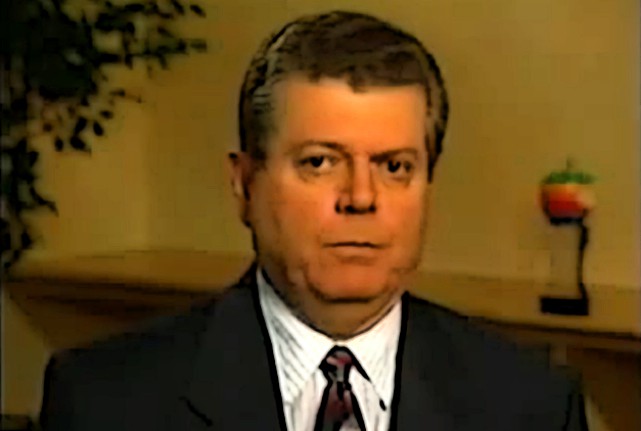
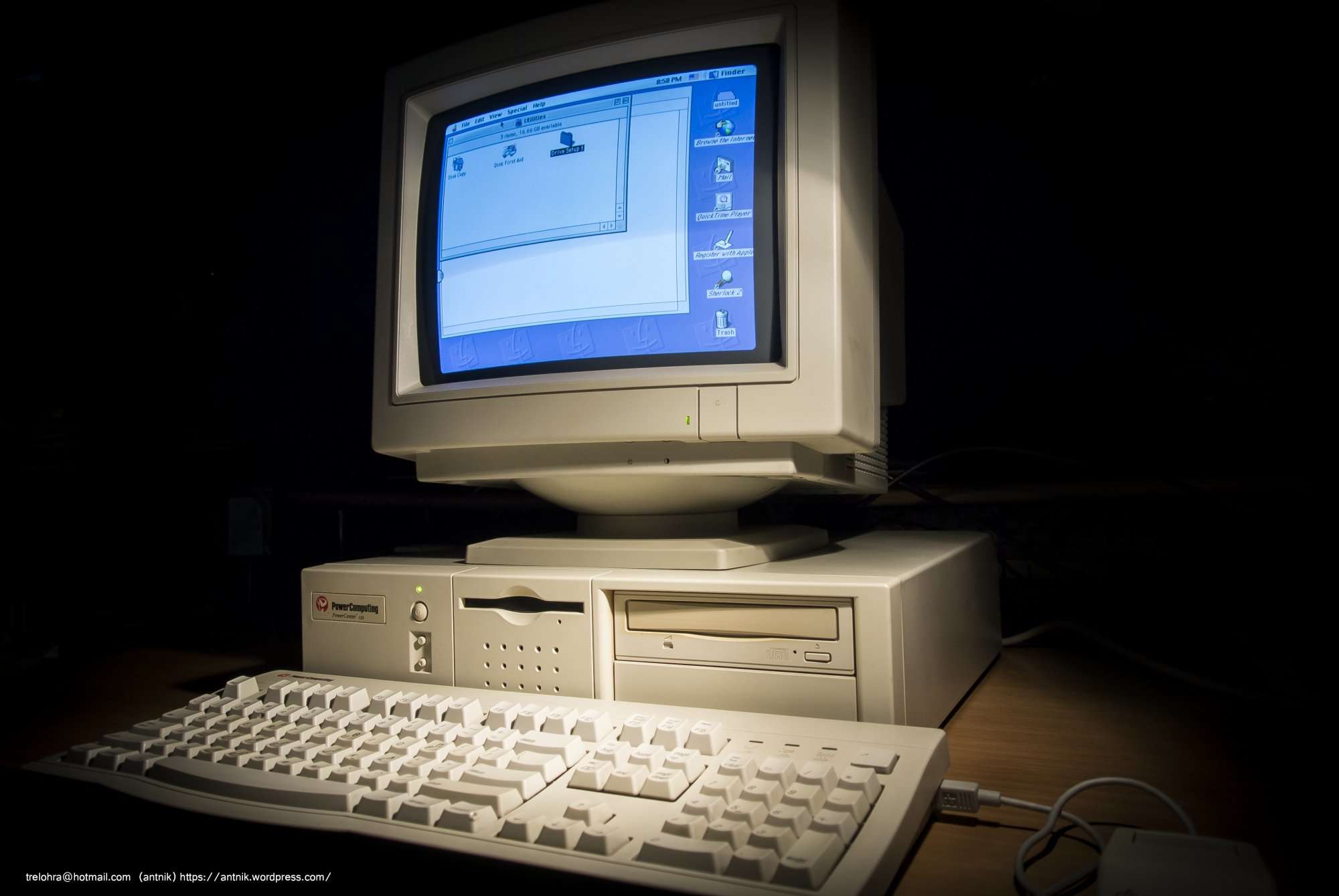
 January 31, 1998: Mac clone-maker Power Computing goes out of business, having auctioned off its office supplies and computers.
January 31, 1998: Mac clone-maker Power Computing goes out of business, having auctioned off its office supplies and computers.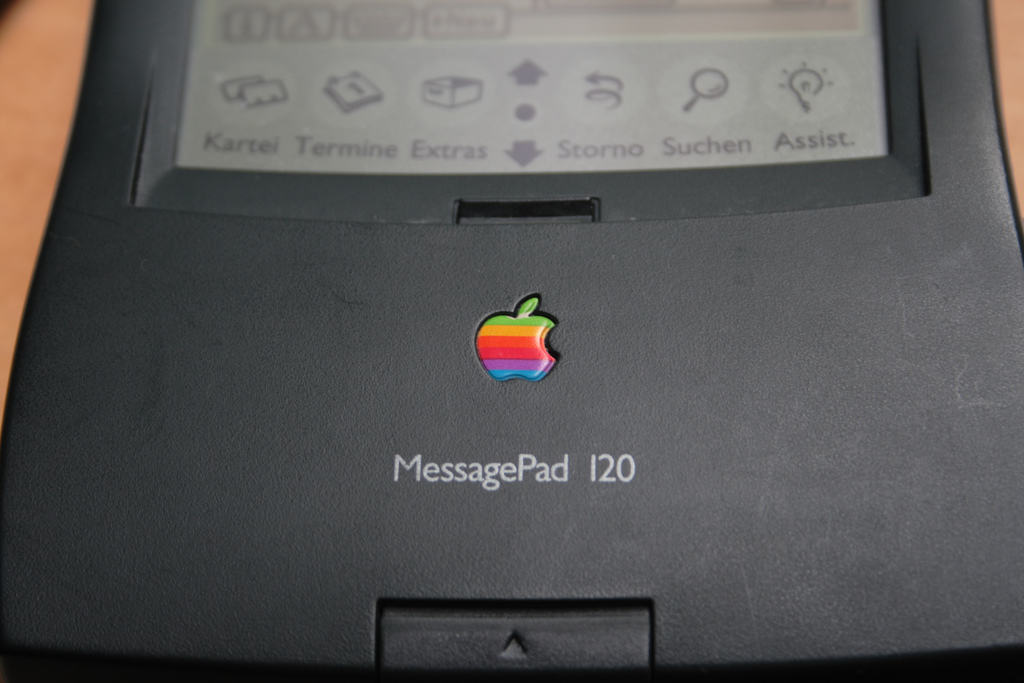
 January 30, 1995: Apple Computer launches the Newton MessagePad 120, the first truly great device in an unfairly maligned product line.
January 30, 1995: Apple Computer launches the Newton MessagePad 120, the first truly great device in an unfairly maligned product line.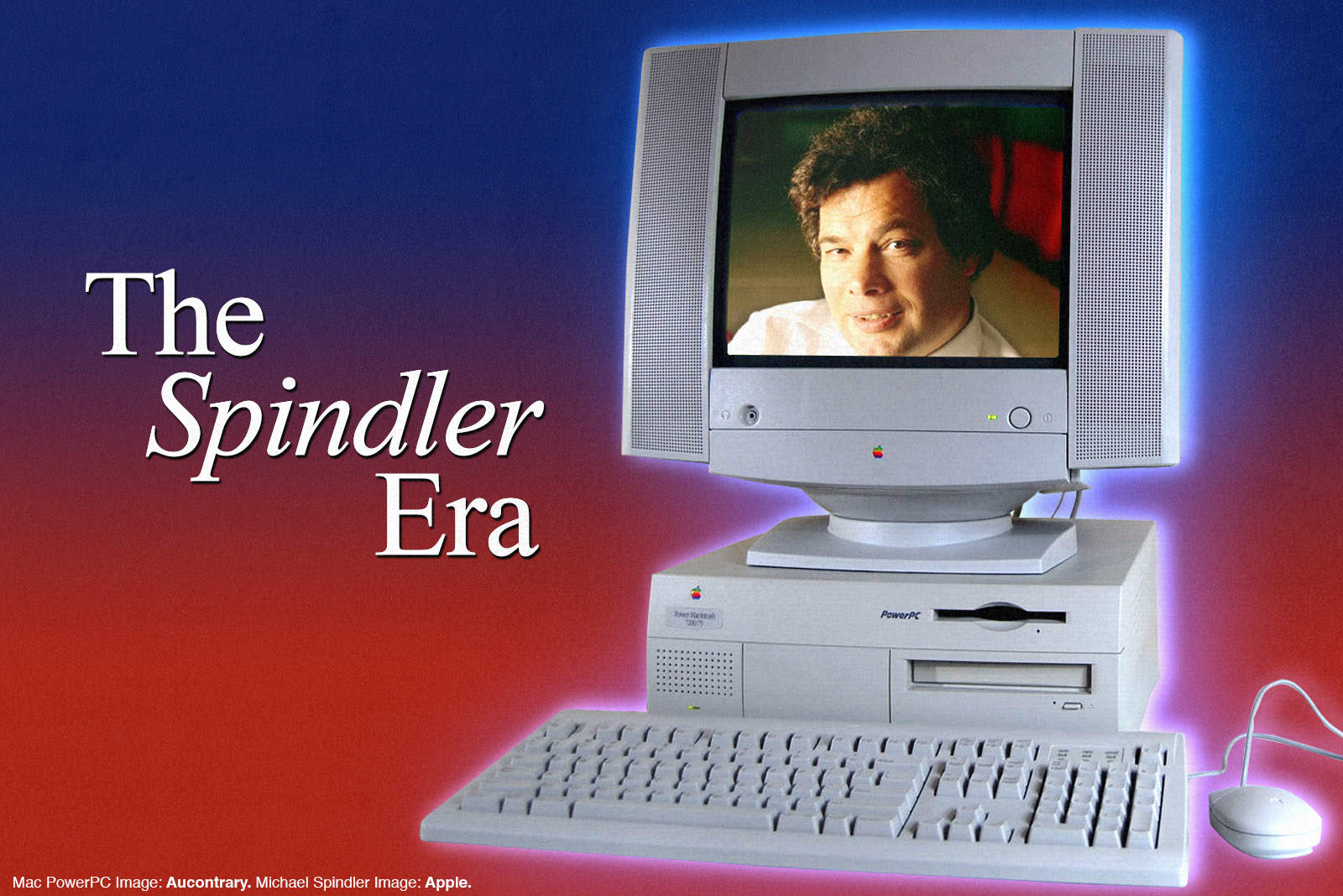
 January 29, 1990: Apple CEO
January 29, 1990: Apple CEO 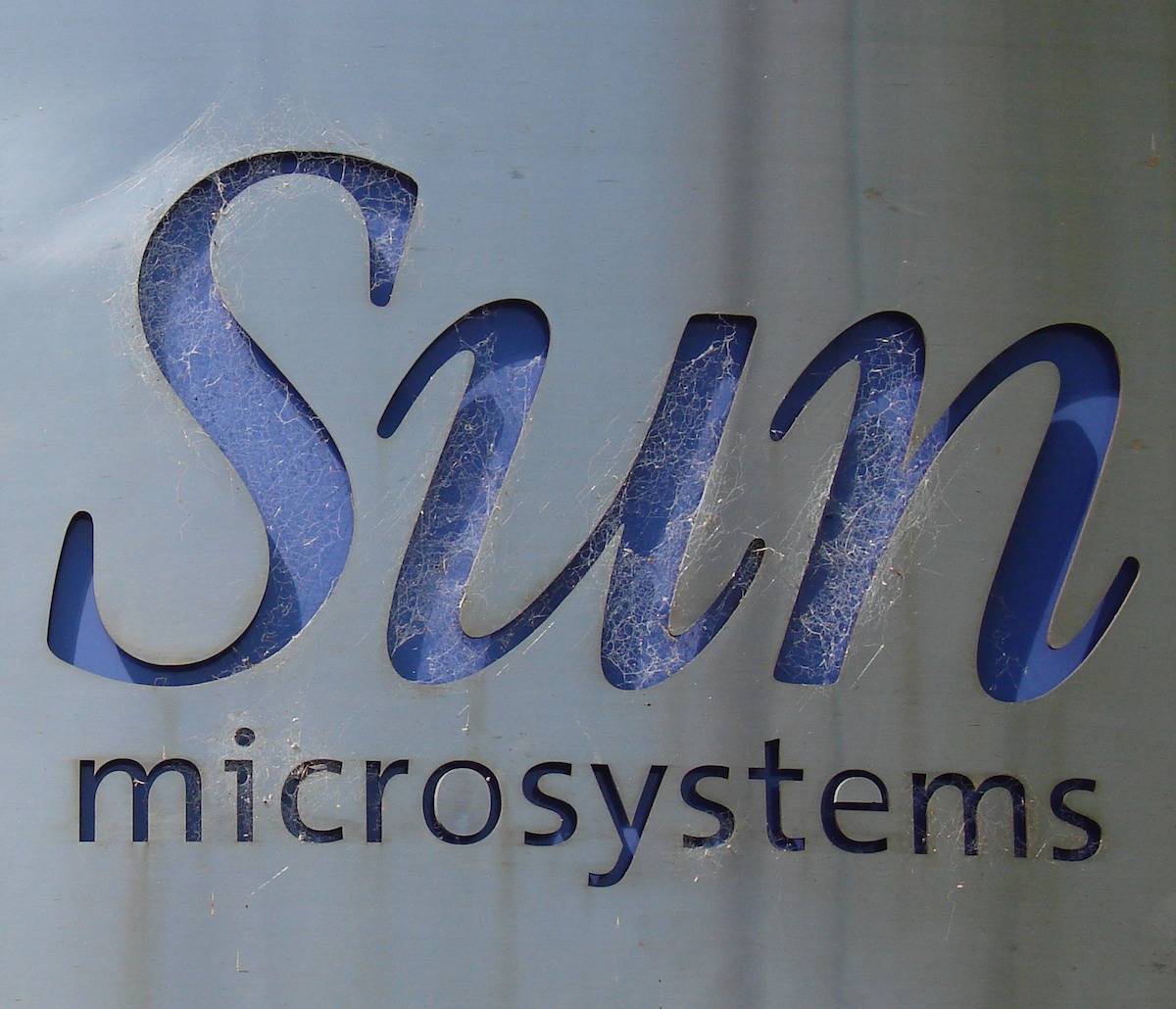
 January 25, 1996: Rumors circulate that Sun Microsystems is in talks to acquire Apple.
January 25, 1996: Rumors circulate that Sun Microsystems is in talks to acquire Apple.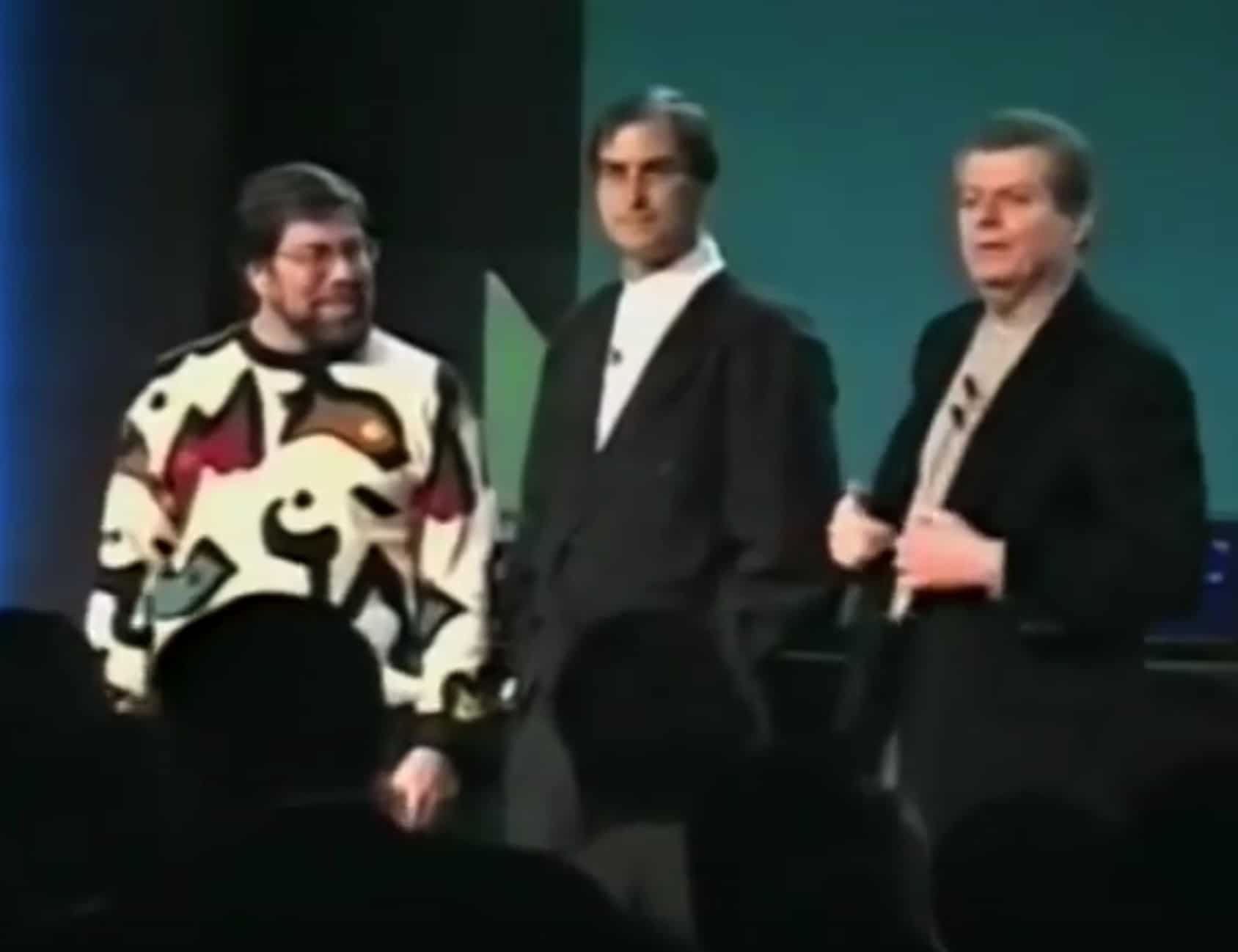
 January 7, 1997: Steve Wozniak returns to Apple to participate in an advisory role, reuniting with co-founder Steve Jobs onstage at the Macworld Expo in San Francisco.
January 7, 1997: Steve Wozniak returns to Apple to participate in an advisory role, reuniting with co-founder Steve Jobs onstage at the Macworld Expo in San Francisco.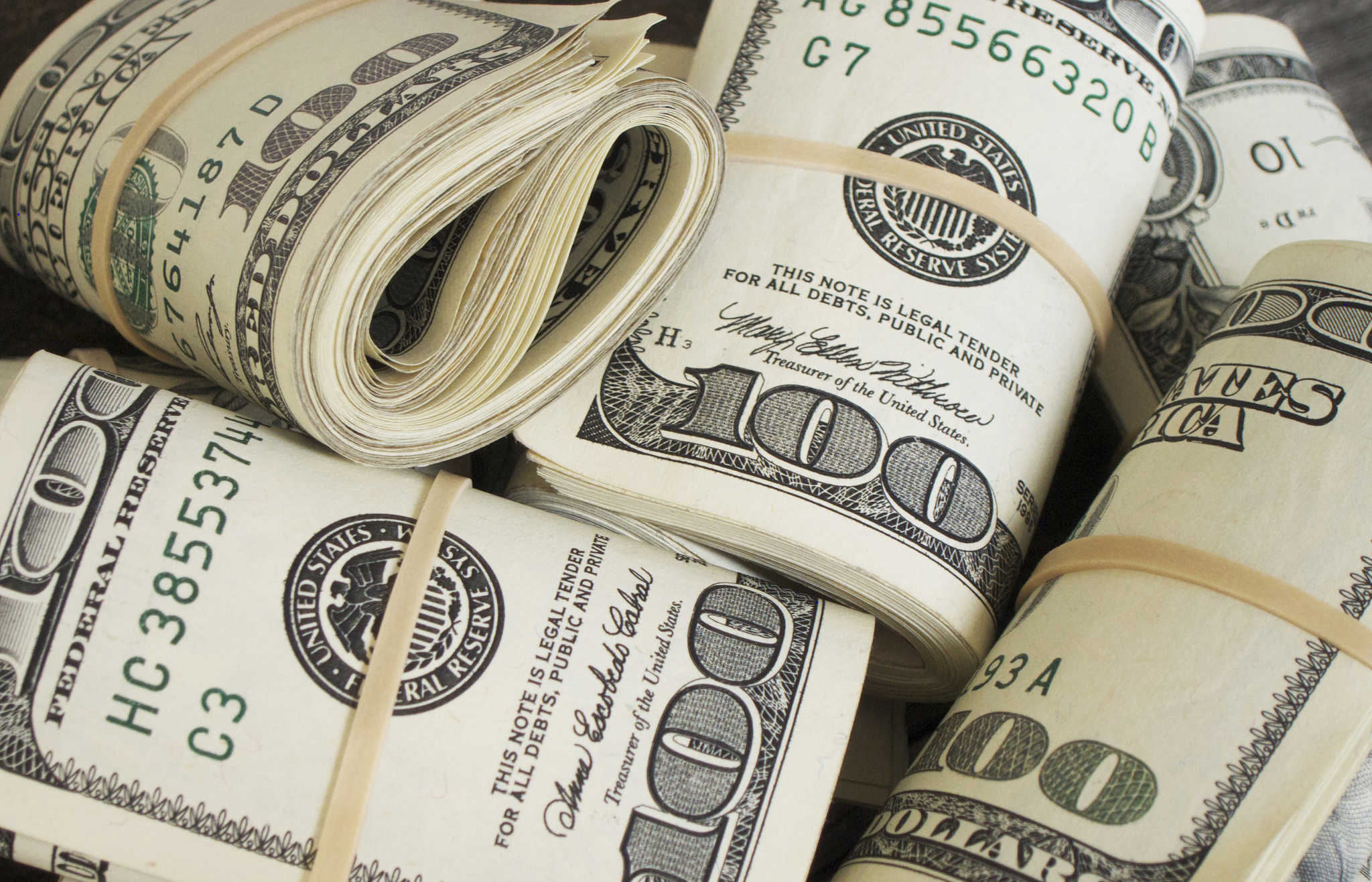
 January 6, 1998: After taking over a company on the verge of bankruptcy, Steve Jobs shocks attendees at San Francisco’s Macworld Expo by revealing that Apple is profitable again. An Apple comeback is on the way!
January 6, 1998: After taking over a company on the verge of bankruptcy, Steve Jobs shocks attendees at San Francisco’s Macworld Expo by revealing that Apple is profitable again. An Apple comeback is on the way!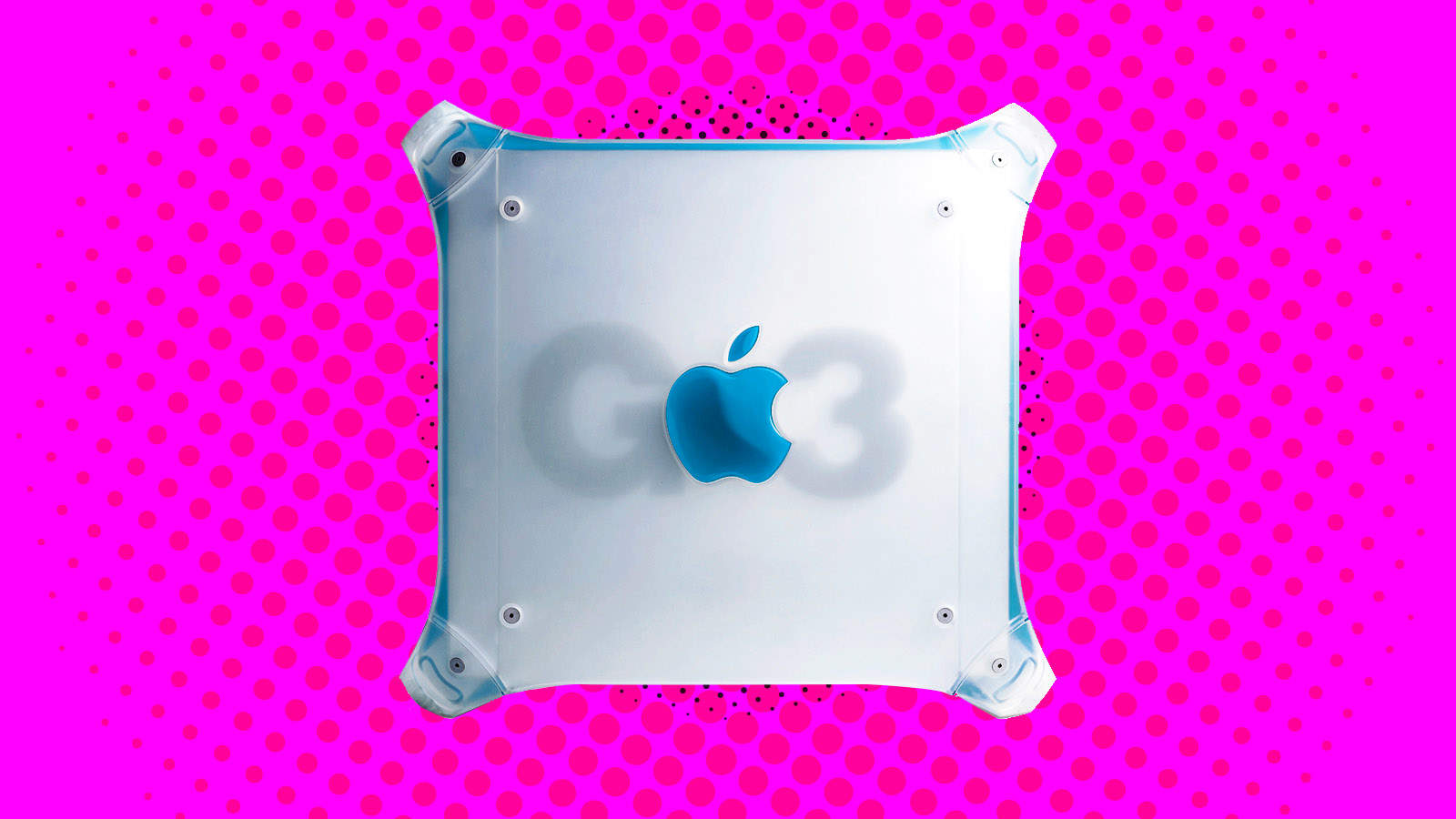
 January 5, 1999: Apple introduces its revised Power Mac G3 minitower, nicknamed the “Blue and White G3” or “Smurf Tower” to separate it from the earlier beige model.
January 5, 1999: Apple introduces its revised Power Mac G3 minitower, nicknamed the “Blue and White G3” or “Smurf Tower” to separate it from the earlier beige model.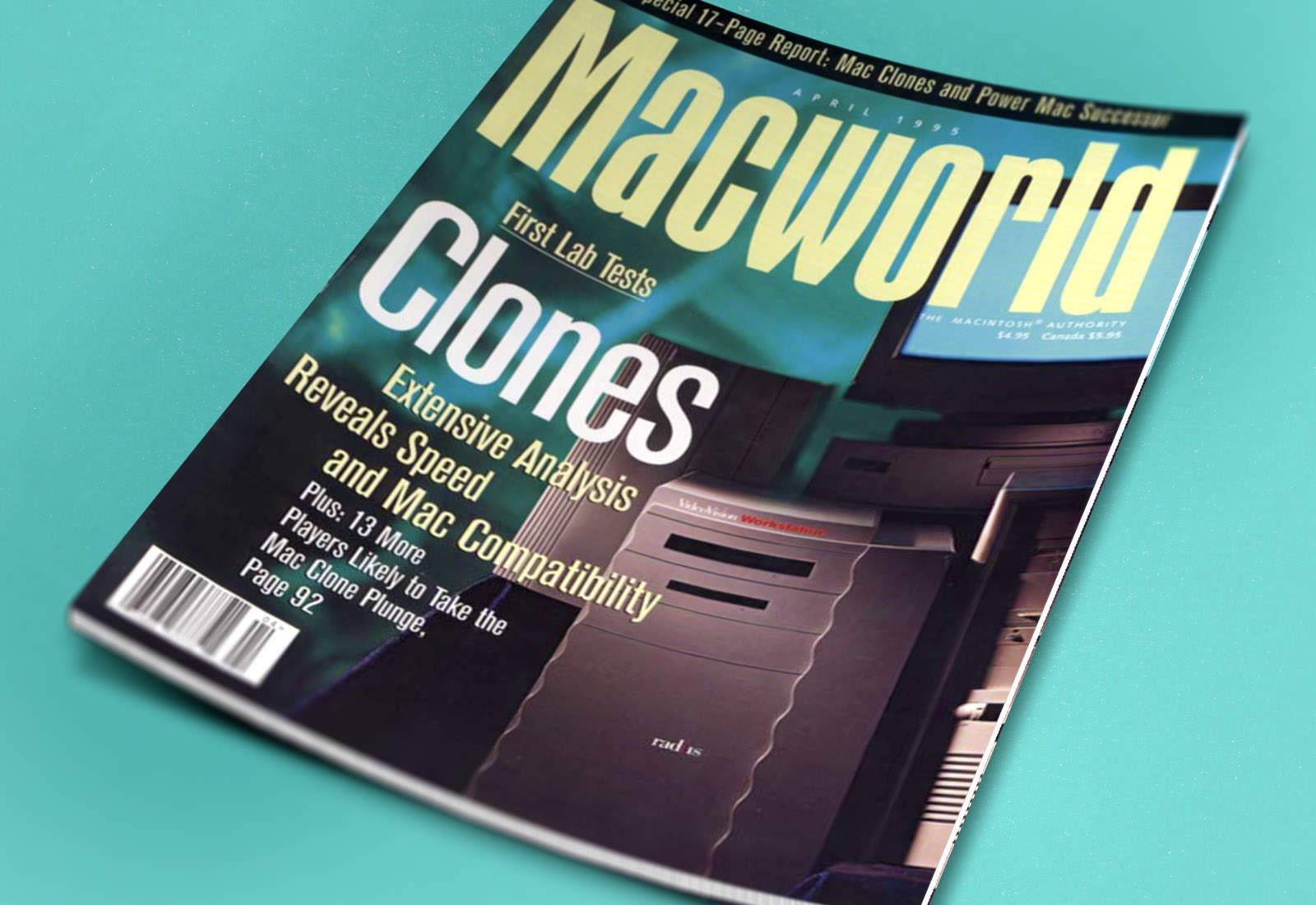
 January 4, 1995: Apple signs a deal with third-party Mac accessory-maker Radius, allowing the company to build Macintosh clones.
January 4, 1995: Apple signs a deal with third-party Mac accessory-maker Radius, allowing the company to build Macintosh clones.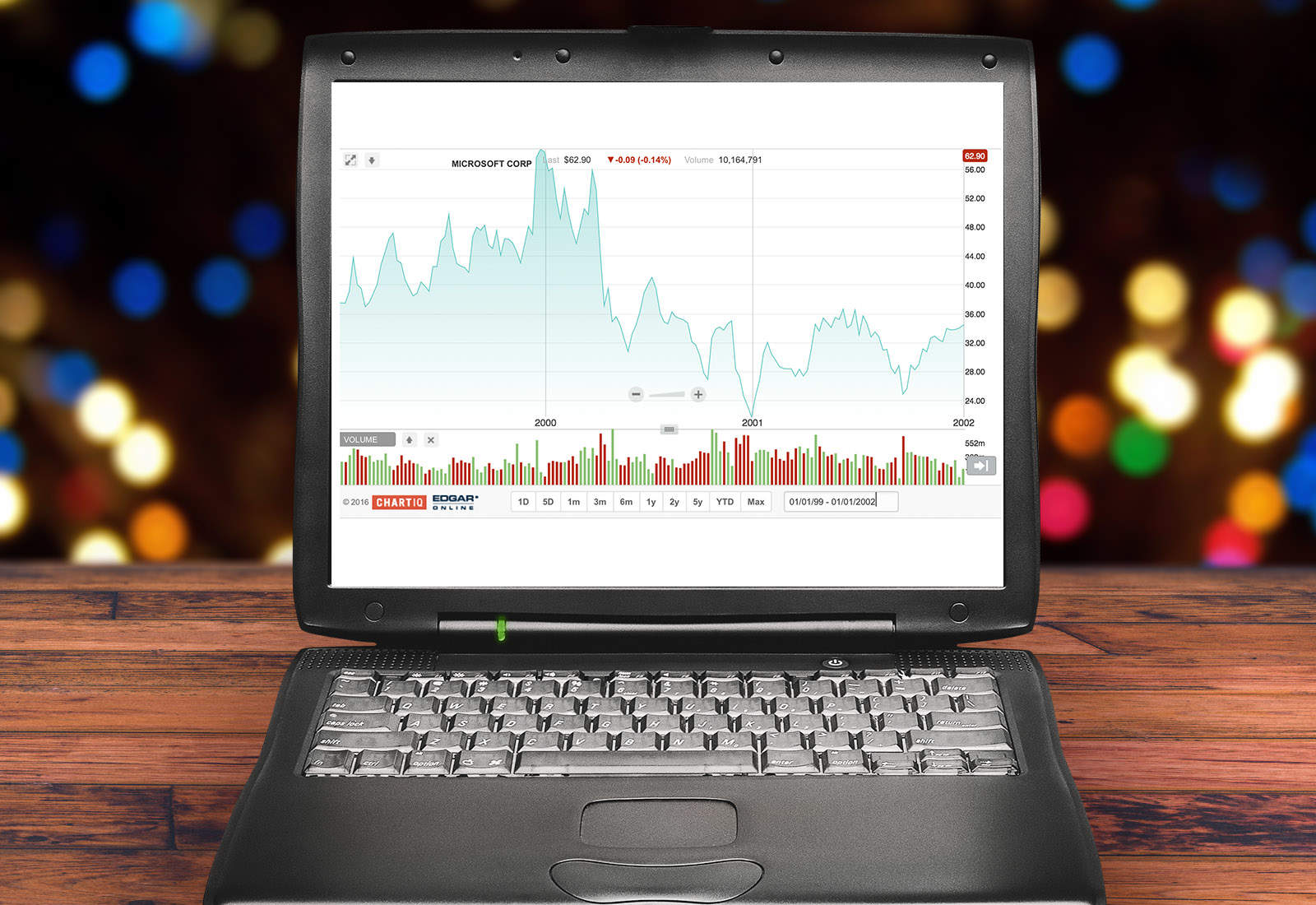
 December 30, 1999: Microsoft hits the height of its 1990s dominance and begins its early-2000s decline, clearing a gap at the top for Apple.
December 30, 1999: Microsoft hits the height of its 1990s dominance and begins its early-2000s decline, clearing a gap at the top for Apple.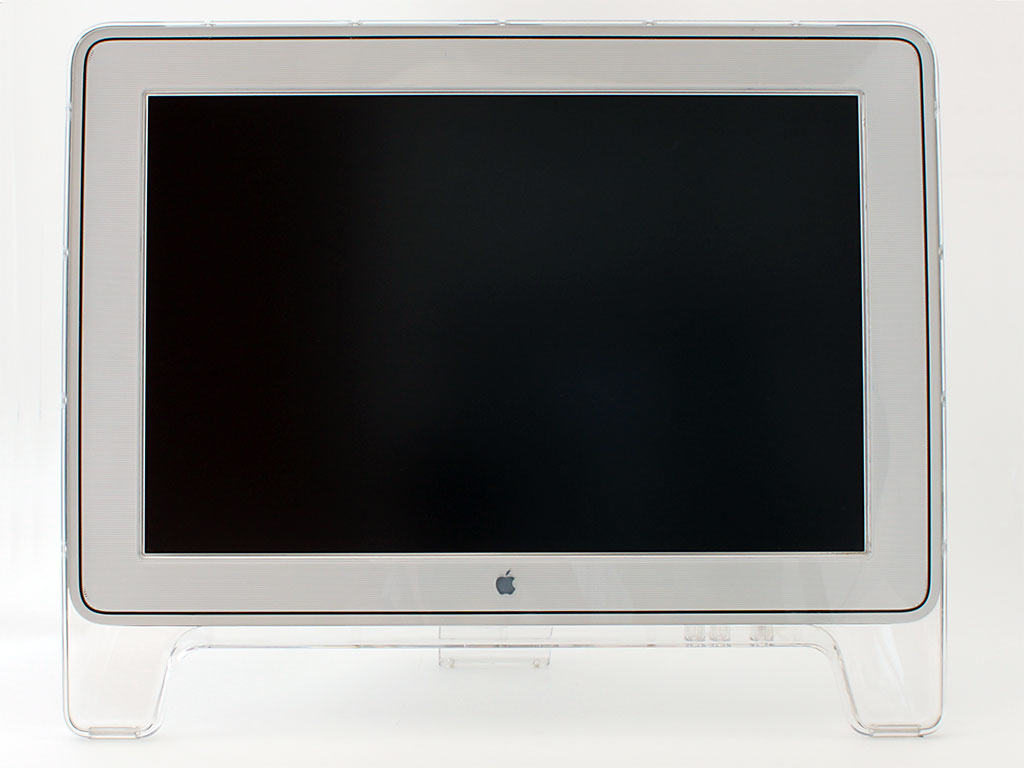
 December 29, 1999: Apple starts shipping its unfathomably large 22-inch Cinema Display.
December 29, 1999: Apple starts shipping its unfathomably large 22-inch Cinema Display.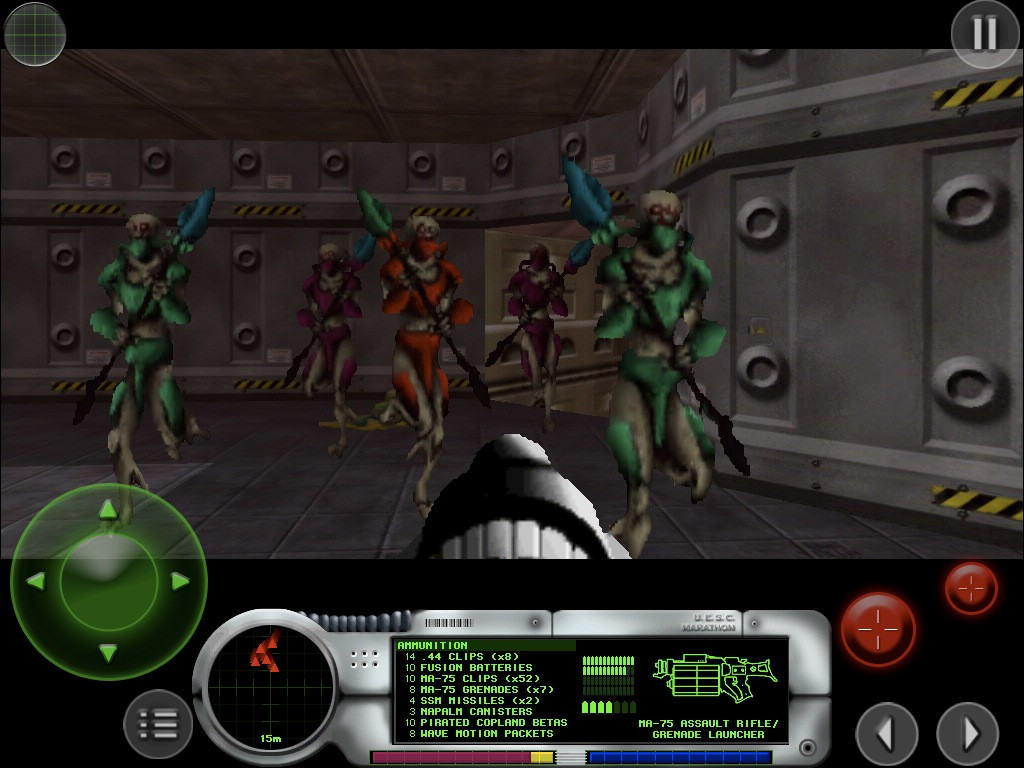
 December 21, 1994: Mac gamers get their hands on Marathon, a sci-fi first-person shooter designed as an answer to the massive success of PC title Doom.
December 21, 1994: Mac gamers get their hands on Marathon, a sci-fi first-person shooter designed as an answer to the massive success of PC title Doom.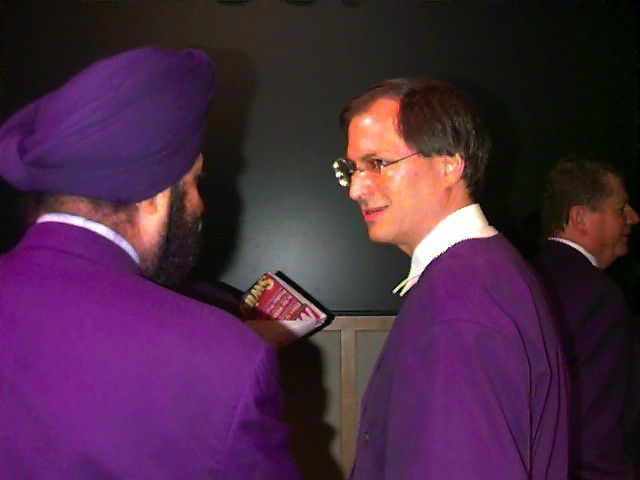
 December 20, 1996: Apple Computer buys
December 20, 1996: Apple Computer buys  December 16, 1994: Apple Computer inks a licensing deal with Power Computing, allowing the company to produce Macintosh-compatible computers.
December 16, 1994: Apple Computer inks a licensing deal with Power Computing, allowing the company to produce Macintosh-compatible computers.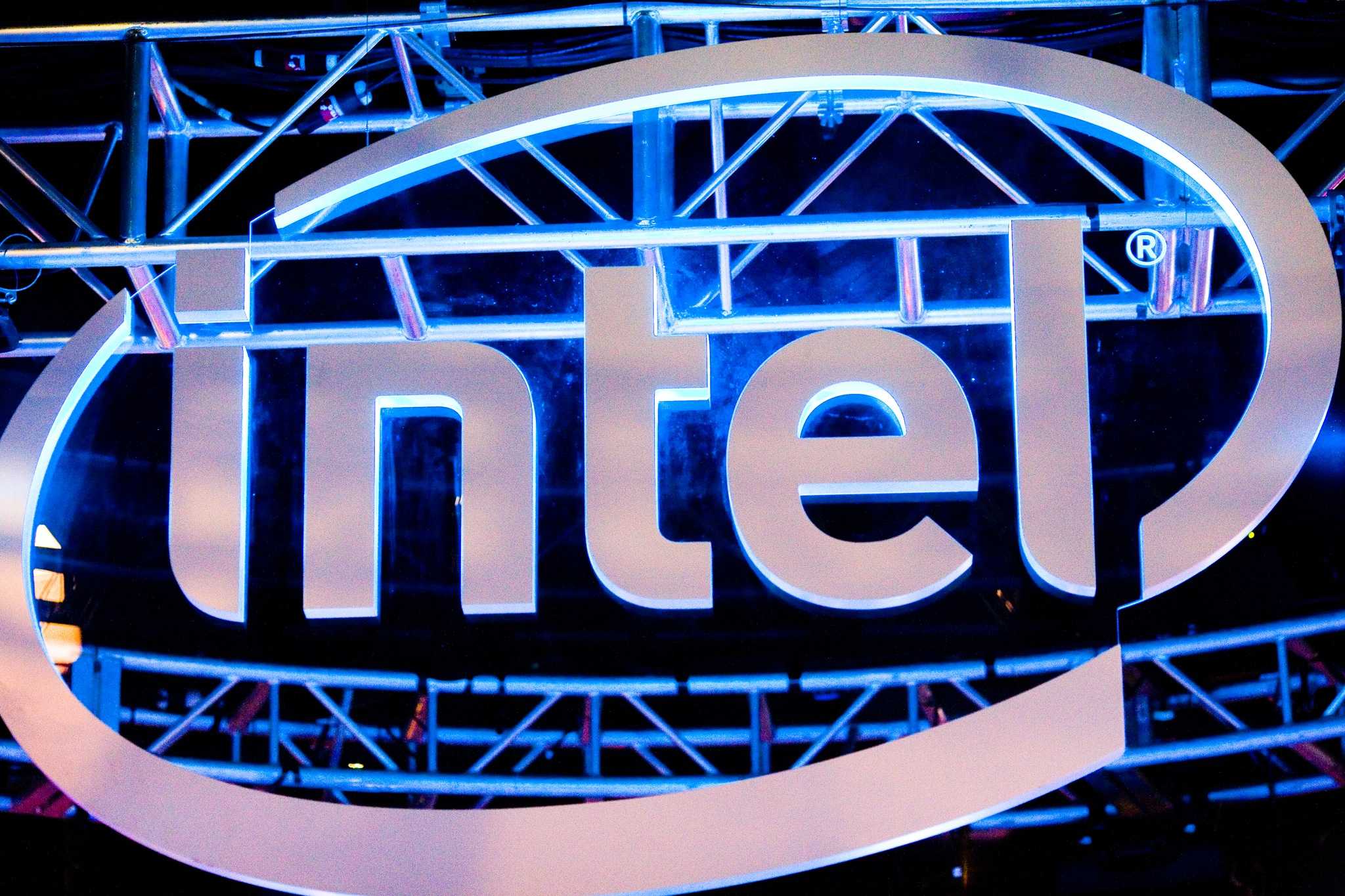
 December 4, 1992: Apple engineers demonstrate a “proof of concept” of the Mac operating system running on an Intel computer.
December 4, 1992: Apple engineers demonstrate a “proof of concept” of the Mac operating system running on an Intel computer.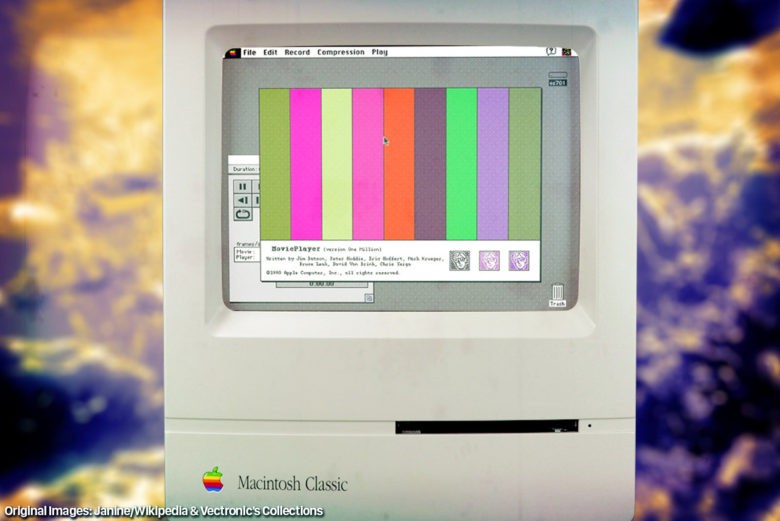
 December 2, 1991: Apple ships its first public version of QuickTime, bringing video to Mac users running System 7.
December 2, 1991: Apple ships its first public version of QuickTime, bringing video to Mac users running System 7.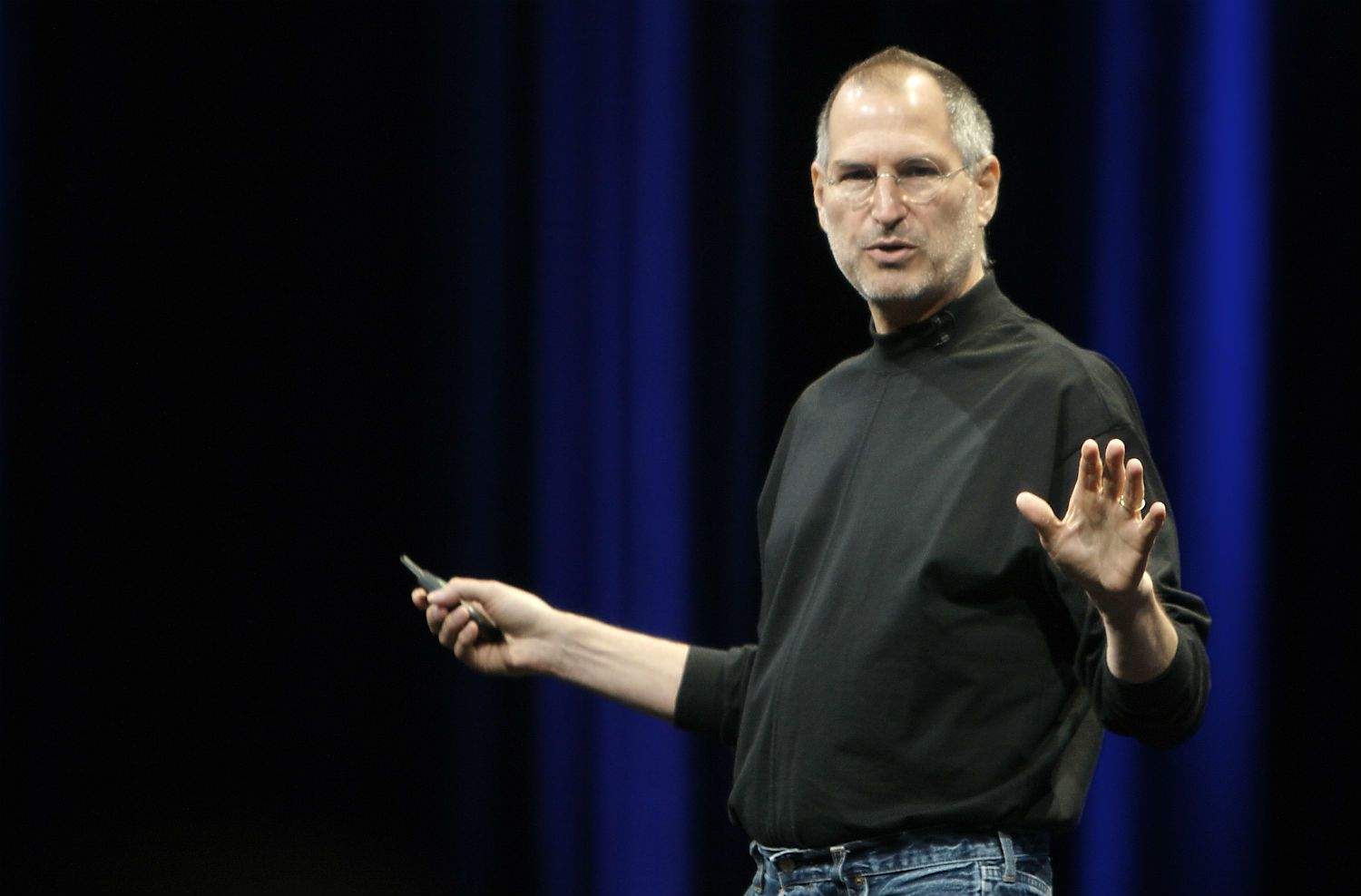
 November 29, 1995: Capitalizing on the success of Toy Story, Pixar floats 6.9 million shares on the stock market. The IPO makes Steve Jobs, who owns upward of 80% of the animation studio, a billionaire.
November 29, 1995: Capitalizing on the success of Toy Story, Pixar floats 6.9 million shares on the stock market. The IPO makes Steve Jobs, who owns upward of 80% of the animation studio, a billionaire.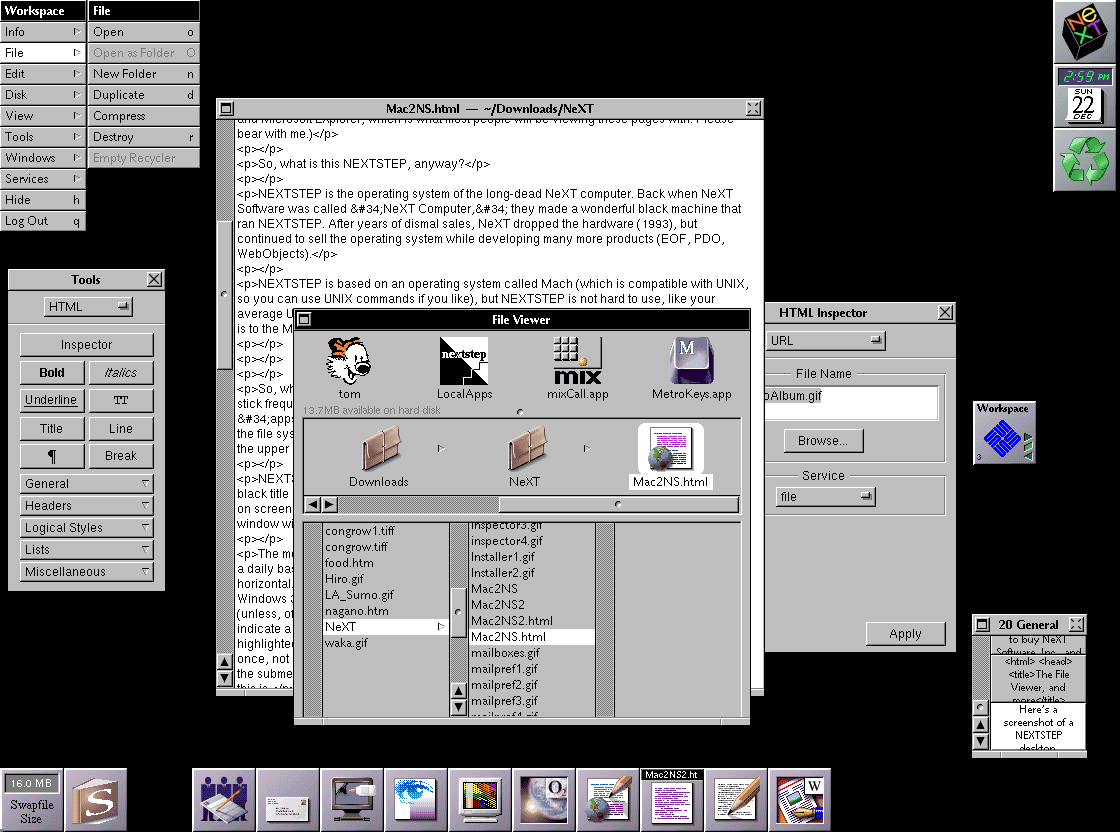
 November 25, 1996: A midlevel manager at NeXT contacts Apple about the possibility of Cupertino licensing NeXT’s OpenStep operating system.
November 25, 1996: A midlevel manager at NeXT contacts Apple about the possibility of Cupertino licensing NeXT’s OpenStep operating system.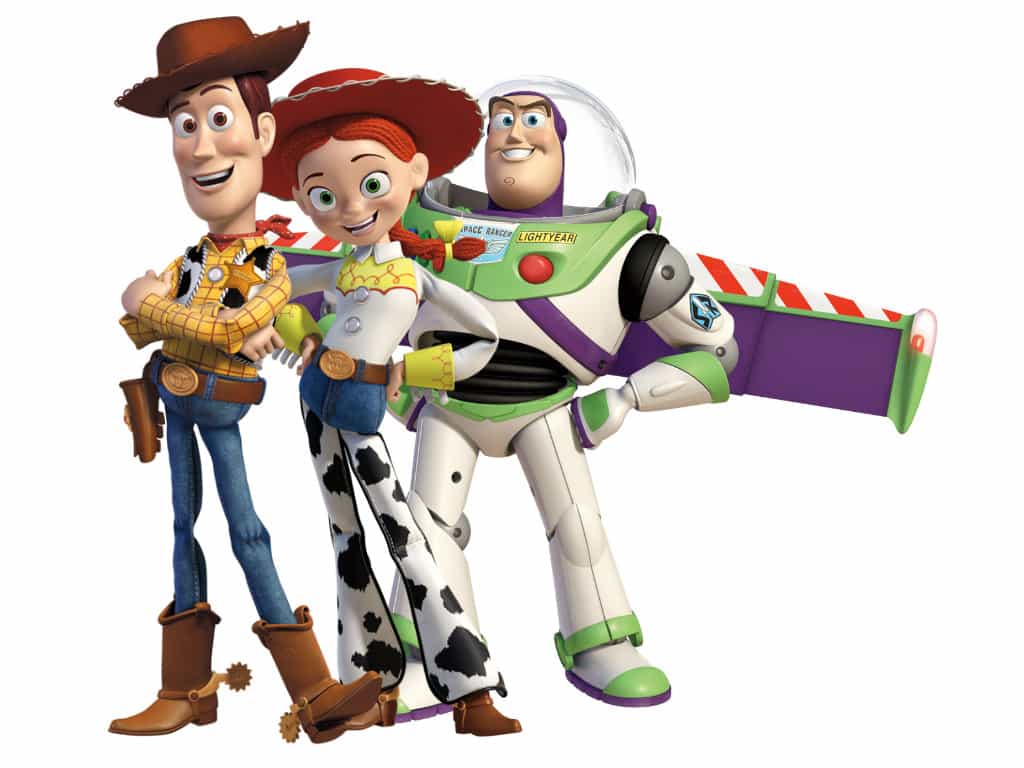
 November 24, 1999: Steve Jobs gets another feather in his cap when Toy Story 2, the sequel to the 1995 Pixar hit, debuts in theaters. It goes on to become the first animated sequel in history to gross more than the original.
November 24, 1999: Steve Jobs gets another feather in his cap when Toy Story 2, the sequel to the 1995 Pixar hit, debuts in theaters. It goes on to become the first animated sequel in history to gross more than the original.
 November 17, 1995: Apple releases the first beta version of its new Mac OS Copland operating system to approximately 50 developers. Not so much a Mac OS update as a totally new operating system, it offers next-gen features designed to help Apple take on the then-mighty Windows 95.
November 17, 1995: Apple releases the first beta version of its new Mac OS Copland operating system to approximately 50 developers. Not so much a Mac OS update as a totally new operating system, it offers next-gen features designed to help Apple take on the then-mighty Windows 95.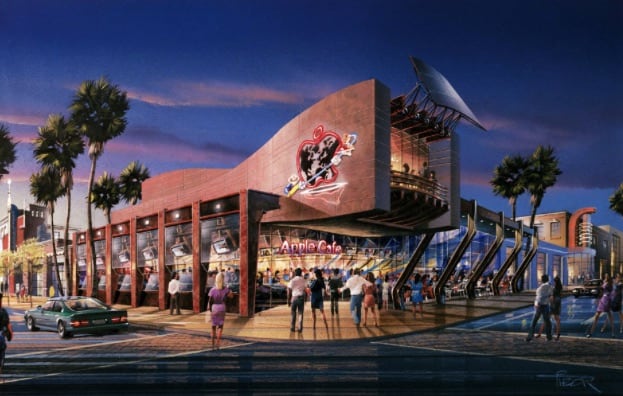
 November 12, 1996: Apple lays out a wild plan to get into the restaurant business, saying it will open a chain of Apple Cafes with a touchscreen point-of-sale system.
November 12, 1996: Apple lays out a wild plan to get into the restaurant business, saying it will open a chain of Apple Cafes with a touchscreen point-of-sale system. November 9, 1994: Gil Amelio, a businessman with a reputation as a talented turnaround artist, joins Apple’s board.
November 9, 1994: Gil Amelio, a businessman with a reputation as a talented turnaround artist, joins Apple’s board.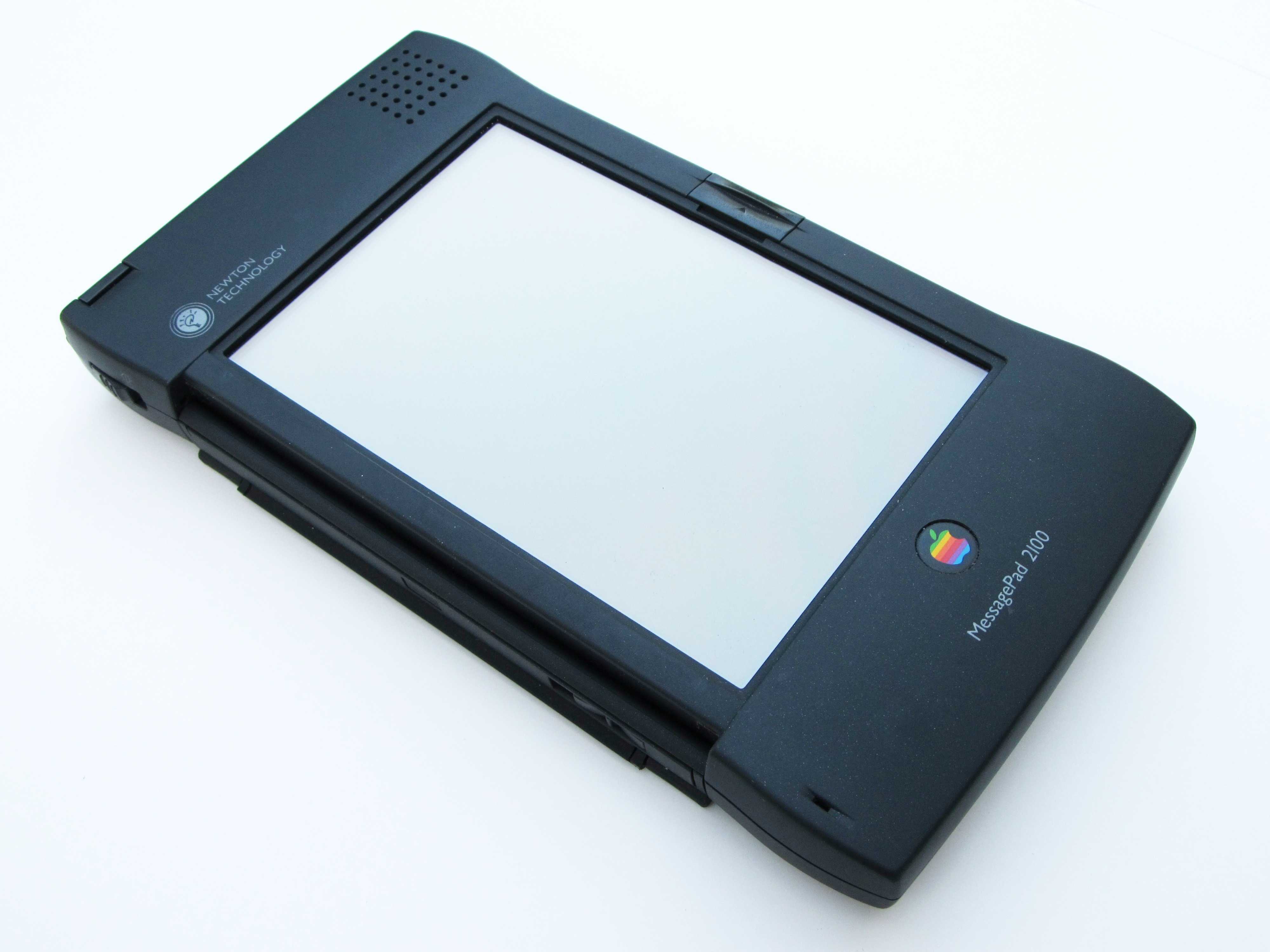
 November 7, 1997: Apple releases the Newton MessagePad 2100, the last and best iteration of the company’s early line of handheld devices.
November 7, 1997: Apple releases the Newton MessagePad 2100, the last and best iteration of the company’s early line of handheld devices.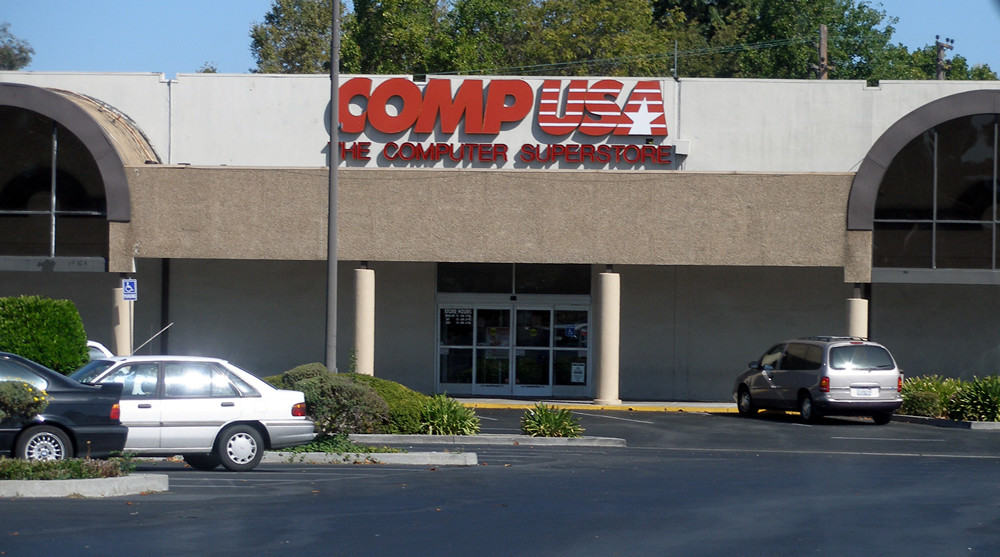
 November 4, 1997: Apple unveils its plan to open small “store within a store” sections inside CompUSA outlets around the United States.
November 4, 1997: Apple unveils its plan to open small “store within a store” sections inside CompUSA outlets around the United States.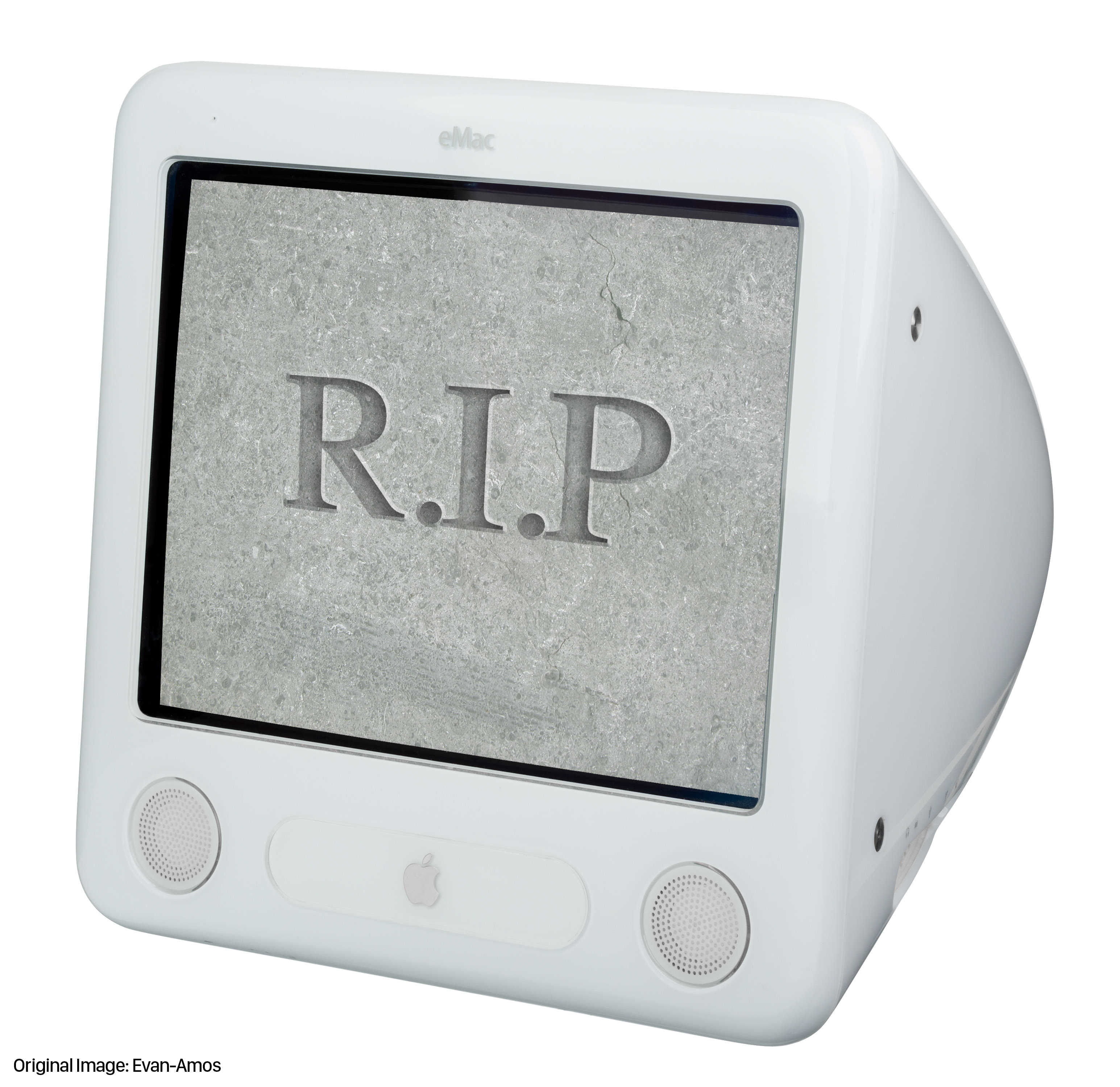
 October 27, 1999: Dell Computer overtakes Apple in the educational market, stealing Cupertino’s crown as the top company selling computers to U.S. schools.
October 27, 1999: Dell Computer overtakes Apple in the educational market, stealing Cupertino’s crown as the top company selling computers to U.S. schools.